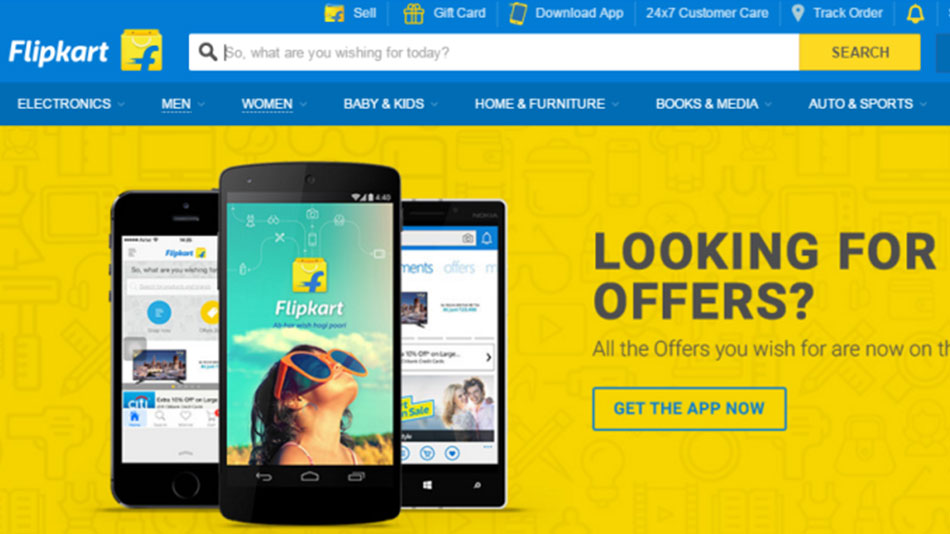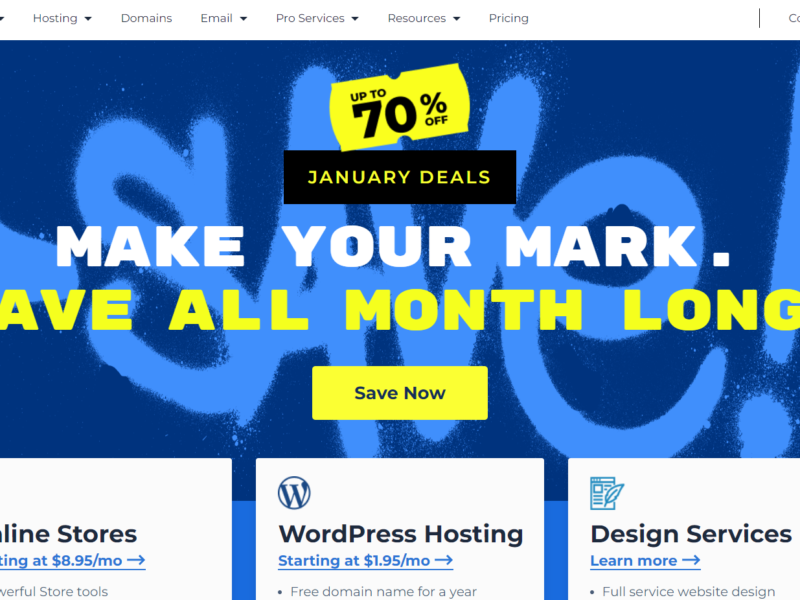Yes, I used to love flipkart and it used to be the first site I’d visit when planning to buy something. I have tried all three of the top competitors in the Indian ecommerce space (Snapdeal, Amazon, Flipkart) and mostly prefered flipkart. However the recent news about flipkart planning to go all “app only” made me very curious about how UX was being perceived and leveraged by this industry. It also made me wonder what this means for Responsive Web Design (RWD) as flipkart has already shut the mobile version of its site. While there’s still some speculation as to whether Flipkart is certain about going app only, I think it’s a good time to look at how this affects UX and the future of Responsive Web Designing in the era of apps.
“Focus seems to have shifted from UX to the data collection”
The first thought that crossed my mind was “Looks like someone forgot to consider UX implications or maybe did, but didn’t think much of it“. In either case, I find it alarming when large (and still growing) companies seem to disregard something as fundamental as UX. “People will adapt” seems to be the new ideology while the real statement in the past was “let’s adapt to people”. It was even more alarming to notice Amazon making a subtle push to the app by displaying offers 5 mins earlier on the app during the recent “Great Indian Festive Sale”. Other organization following the “app only” model include Uber and Myntra (Owned by flipkart).
Why Flipkart is thinking about “app only”
So why go app only in the first place? After some reading (and thinking) below are some of the most known reasons
About 75% of Flipkart’s traffic came from the app
Considering that about 75% traffic comes from mobile app, It might seem to make sense to move totally to the app.
An app can enable more targeted and personalized marketing
An app can collect much more data about each users preference (and more). A quick look at the permissions page of flipkart app reveals it needs access to contacts, make accounts, set passwords and much more . More data about customer means better targeted marketing with would mean better conversions and thus better sales.
It’s cheaper to focus on one single platform.
While the traffic is split at roughly 75% Mobile and 25% Web, cost are not as proportionate. Hence it would seem to make sense to cut cost by killing the website.
Why these reasons don’t suffice
These reasons might seem logical as of now. If one takes a more holistic view these reasons by themselves (and coupled with others) seem to be flawed.
75% traffic but what about conversions and new visitors
While 75% traffic comes to the site, how much actually converts to a sale. Flipkart’s Mausam Bhatt himself agrees that “Conversion rates (visits that translate into sales) are slightly lower or the same (on some days) on the mobile compared with the desktop”. While he argues the trends are changing, it might still be too early.
Additionally there’s been no mention about how many of these 75% were new vs existing visitors. There’s a big chance that even today, most people would have first used the web version of flipkart. We often look up google with search terms like “1TB HD cost in India” and then stumble upon flipkart as one of the results (for me it’s 4th on my SERP – Search Engine Result Pages). It’s really bad UX when clicking on that link doesn’t get you any info about the 1TB HD you’re looking for, instead it requires me to do more work – install the app. At such times it would get very tempting to go back to the SERP and click on another link. (I have snapdeal mentioned right above flipkart). There goes a valuable customer. Eventually he might simply skip results linking to “flipkart” knowing it’s gonna ask him to do more work. The only saving grace here is some friend suggesting he install the app, based on experience, or he get inquisitive enough to install it himself. Either way you’re adding more steps to the chain , distancing the customer even further. The effects of this even worsen on the mobile experience when you’re travelling with an unstable connection and now need to download a 10MB app to continue. It’s always more convenient to drop it and move to something more convenient.
Collecting user data for targeted and personalized marketing = Uncomfortable Users
Collecting too much user data can lead to skepticism and paranoia among some customers. Having your data stored is still an uncomfortable experience for many. Besides, apps are far lesser mature as compared to web applications when it comes to security. A data breach affecting customer data can damage brand name. To make things worse the app forces users to save payment card details. Yes I know it makes it convenient, but why FORCE. One needs to save and then manually delete. Again more steps = less UX.
Why drop the more universal platform to cut multi-platform costs
Managing multiple platforms might be expensive, but why drop the more universal one in this process. A website if designed well, will function quite uniformly in all browsers across all platforms. Apps on the other hand need to be coded and compiled separately for multiple platforms like windows mobile, android and iOS. I somehow feel a well designed Responsive Website would not cost as much in terms of time and money.
Additional Reasons for Failure
Limited resources on Phones
While phones are generally becoming faster and more powerful, there’s still a limit to the amount of resources they possess. Picture this, in a few years facebook, google, wikipedia, zomato, linkedin and ever other web service goes app only. It would obviously be impossible to users to install apps for each and everyone of them. The only option then is to continuously install and uninstall apps based on need – Bad UX. At such times anyone offering a web version would be easily loved. Apps are still a long time away from replacing the humble browser. With responsive websites getting more advanced, the mobile browser is simply acting like a emulator for apps needed on demand. While it might be a good idea to have an app supplement a website, it’s definitely a bad idea to use it to replace the site itself.
Easier Comparison with competitors
There is speculation that flipkart is also going app only so that it’s tougher for users to compare products and find cheaper deals elsewhere. While I don’t know how far this is true, I think comparing prices is now easier. Now instead of swapping between tabs on my desktop, I can easily open a product page on the flipkart app, and hold it near Amazon page displayed on my desktop.
Not Fit for all industries
While Uber is a good example where “App Only” has worked beautifully, it’s not necessary that it would work equally in all industries. Myntra for example experienced a drop in sale soon after going app only. People using Uber are looking for taxis, which means there are on the move. Hence the app only made sense. For services like Flipkart, people would shop in at home , office etc. Especially in the case of costlier products people would obviously want to do some research, something that would need a quieter place (and a bigger screen).
It’s good to know that Flipkart might have put this thought on hold as of now, I hope they reconsider the decision and keep the site alive.


